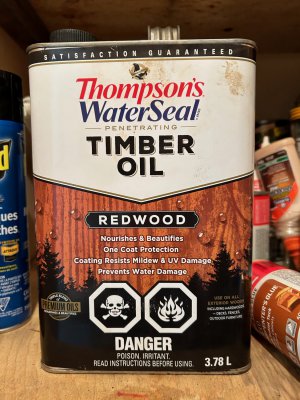- Joined
- Feb 25, 2021
- Messages
- 3,271
That much "green stuff" would worry me. Too much moisture, I'd definitely want to, at the very leastHere are a couple more pics. It's so funny how the pics look good compared to what I see when I'm standing there looking at it. The pic with the bottom step shows it's been moist and is growing some moss/algae. Here, the risers face north. It's freaking me out a bit, I want this to last.
1) rebuild the bottom step or two to have some ventilation, as in gaps between boards.
2) seal everything
3) make sure your drainage doesn't allow water to puddle near the steps.

